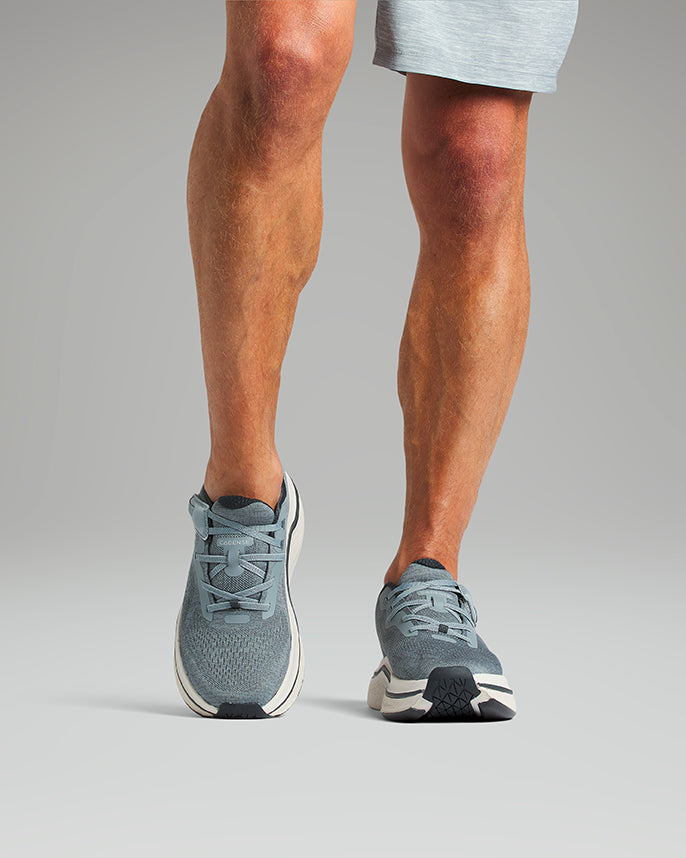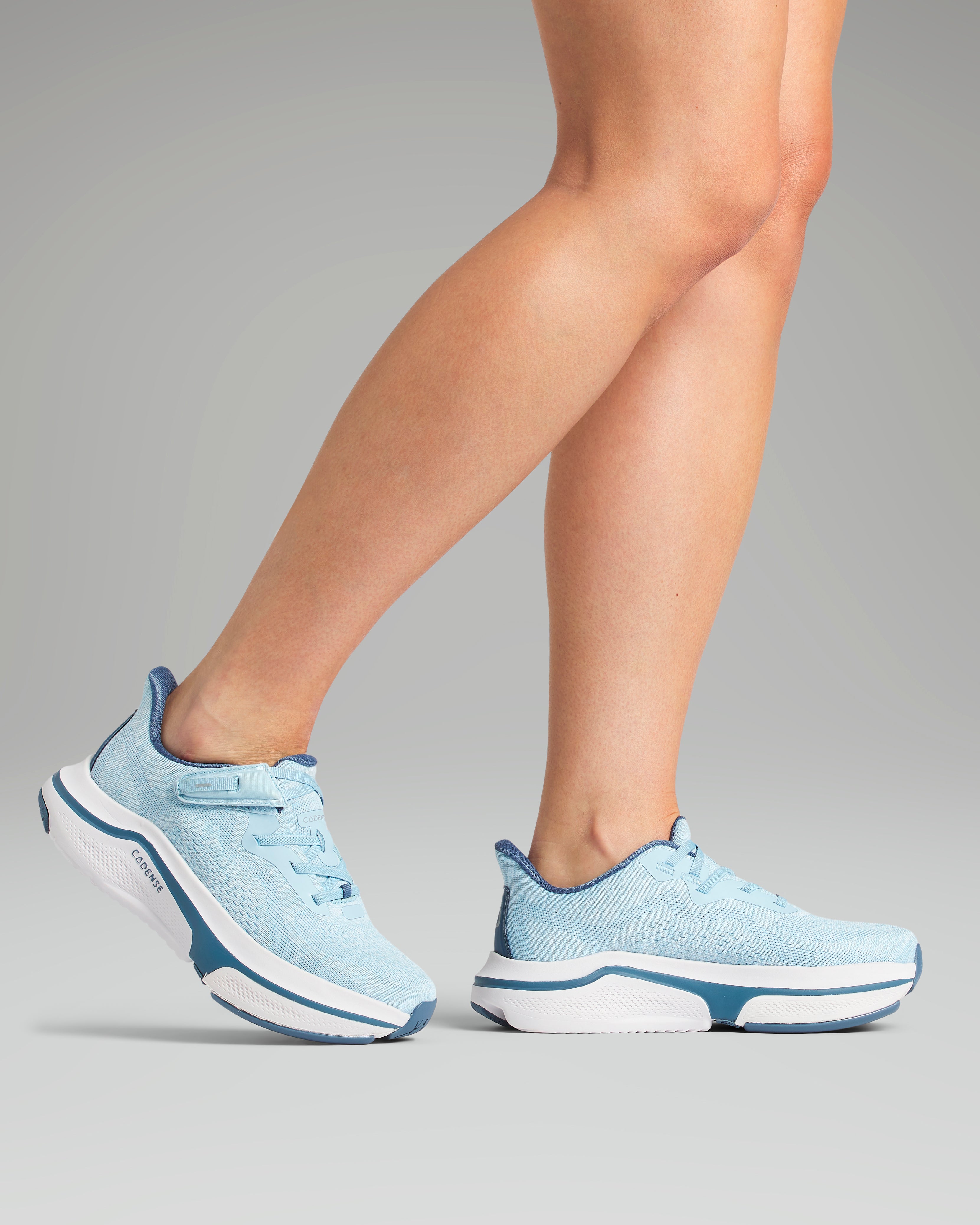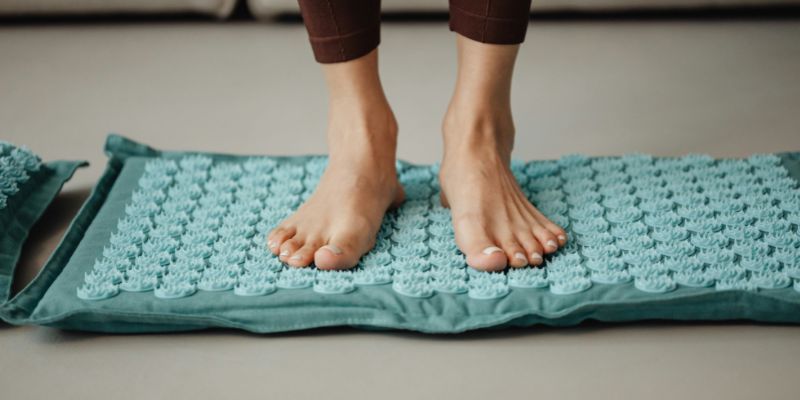
Understanding How Multiple Sclerosis (MS) Affects Your Feet

Living with Multiple Sclerosis (MS) means coping with a wide range of symptoms, many of which can affect day-to-day life. Yet, one aspect that's often overlooked is how MS impacts the feet – an area vital for staying mobile, balanced, and independent.
When MS affects the feet, it can make simple activities such as walking, climbing stairs or standing for long periods more challenging. Understanding these changes early allows you to take action, manage symptoms, and maintain your quality of life.
Symptoms of MS-Related Foot Problems
MS can lead to several issues that influence movement, balance, and comfort. These symptoms often stem from nerve damage within the central nervous system, which disrupts the signals that control the feet and legs.
Numbness and Tingling
One of the earliest signs of MS can be numbness or tingling in the feet. Many describe it as feeling as though they’re wearing thick socks or walking on cotton wool. This loss of sensation can make balancing and walking safely more difficult, increasing the risk of falls.
Foot Drop and Mobility Challenges
Foot drop occurs when weakness in the muscles causes difficulty lifting the front of the foot. It can lead to dragging your toes while walking, making trips and falls more likely. Addressing foot drop through exercise, footwear, and physiotherapy is key to maintaining independence.
Altered Sensation and Neuropathic Pain
People living with MS may experience unusual sensations – from prickling or burning to stabbing pains – known as neuropathic pain. This discomfort can be persistent and exhausting, affecting both physical and emotional wellbeing. Managing this type of pain often requires a combination of medication, physiotherapy, and lifestyle support.
How MS Affects the Feet
MS is a neurological condition that damages the myelin sheath, the protective covering around nerves. This damage interrupts messages between the brain, spinal cord, and muscles – including those in your feet and legs.
-
Nerve signal disruption: MS lesions can weaken communication between your brain and foot muscles, leading to stiffness, spasms, or pain.
-
Loss of muscle coordination: Reduced nerve function affects balance and posture, often causing uneven walking patterns.
-
Foot drop and fatigue: Ongoing nerve damage may lead to muscle weakness, making each step more tiring.
Because the feet are essential for stability and movement, MS-related changes can affect your entire posture and gait. Over time, this can place extra strain on other joints such as the knees, hips and lower back.
Working closely with healthcare professionals — including neurologists, physiotherapists, and podiatrists — helps you manage these changes effectively and maintain mobility.

Managing Foot Care with MS
Good foot care is an important part of staying comfortable and active when you have MS. By combining regular check-ups, the right footwear, and targeted exercises, you can improve mobility and reduce discomfort.
Regular Check-Ups with a Podiatrist
Seeing a podiatrist who understands neurological conditions can make a real difference. They can identify early signs of foot problems such as skin breakdown, altered gait or muscle tightness. Aim for a check-up at least every six months - or more often if symptoms progress.
Choosing the Right Footwear
Wearing supportive, well-fitted trainers can improve stability and comfort. Look for:
-
Wide, cushioned soles with excellent grip
-
Adjustable fastenings such as straps or elastic laces
-
Lightweight, breathable materials that accommodate swelling
Cadense Adaptive Trainers are specifically engineered for people with mobility challenges, offering adaptive friction soles that promote a smooth, natural stride and help reduce the risk of trips or falls.
Exercise and Stretching Strategies
Gentle daily exercises keep the feet and ankles strong, flexible and stable. Try these at home or under the guidance of a physiotherapist:
-
Toe curls: Strengthen the small muscles of the foot for improved grip and balance.
-
Ankle rotations: Maintain joint flexibility and reduce stiffness.
-
Resistance band exercises: Build muscle strength and improve control without over-straining.
Regular, low-impact activity such as walking, swimming, or yoga also helps maintain muscle tone and circulation.
The Role of Physiotherapy in MS Foot Health
Physiotherapy plays a vital role in supporting people with MS. A tailored programme can improve gait, enhance balance, and reduce the risk of falls.
Techniques may include:
-
Strength and resistance training
-
Gait retraining
-
Balance exercises
-
Stretching for flexibility
Studies show that physiotherapy helps preserve independence, reduce fatigue, and improve overall mobility in people living with MS. Many patients report not only better physical function but also improved confidence and emotional wellbeing.

Living Confidently with MS
Although MS can make walking and balance more difficult, the right support and adaptive footwear can make a world of difference. Combining physiotherapy, regular podiatry visits, and supportive trainers designed for neurological conditions can help you stay active, comfortable, and independent.
Cadense believes in designing footwear that adapts to you — helping you move with confidence, comfort and control.




